Osteoporosis is a common and serious health problem for menopausal women. With age and decreased estrogen levels, bones gradually become fragile and prone to fractures, affecting the quality of life. This article will systematically sort out the physiological mechanisms, clinical manifestations, nutritional supplements and preventive measures of menopausal osteoporosis to help women scientifically cope with bone health challenges.
1. Causes and physiological mechanisms of menopausal osteoporosis
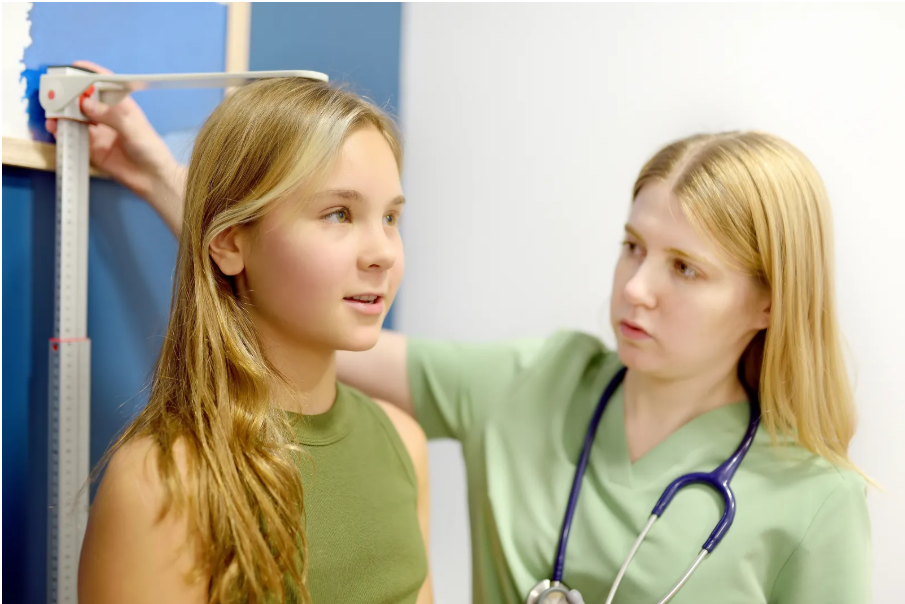
During menopause, women’s ovarian function declines and estrogen secretion decreases significantly. As an important protective factor for bones, estrogen can regulate bone metabolism balance, promote osteoblast activity, and inhibit excessive osteoclast activity[3][9]. The decrease in estrogen leads to increased osteoclast activity, bone absorption speed exceeds bone formation, bone mass is rapidly lost, bone structure becomes thinner and brittle, and osteoporosis is formed[3][9].
In addition, the slowing of metabolism, decreased immune function and insufficient nutrition intake associated with aging also aggravate bone loss[3][8]. Lack of calcium, vitamin D and trace minerals such as zinc, magnesium, copper and manganese are all detrimental to bone health[1][2][8].
2. Clinical manifestations and early warning signs of osteoporosis

In the early stages of osteoporosis, there are often no obvious symptoms and it is often ignored. As the disease progresses, common manifestations include:
- Chronic back pain: Bone loss leads to damage to bone structure, and pain worsens during activity[4][10].
- Nighttime leg cramps: Especially calf muscle cramps, indicating insufficient bone minerals[4].
- Short stature and hunchback: Caused by vertebral compression fractures, which seriously affect posture and function[4][10].
- Easy to fracture: A slight fall or pressure can lead to hip, wrist and spinal fractures, and in severe cases, the patient cannot take care of himself[4][9].
Early identification of these signals and timely intervention are crucial.
3. Scientific nutritional supplements for menopausal osteoporosis
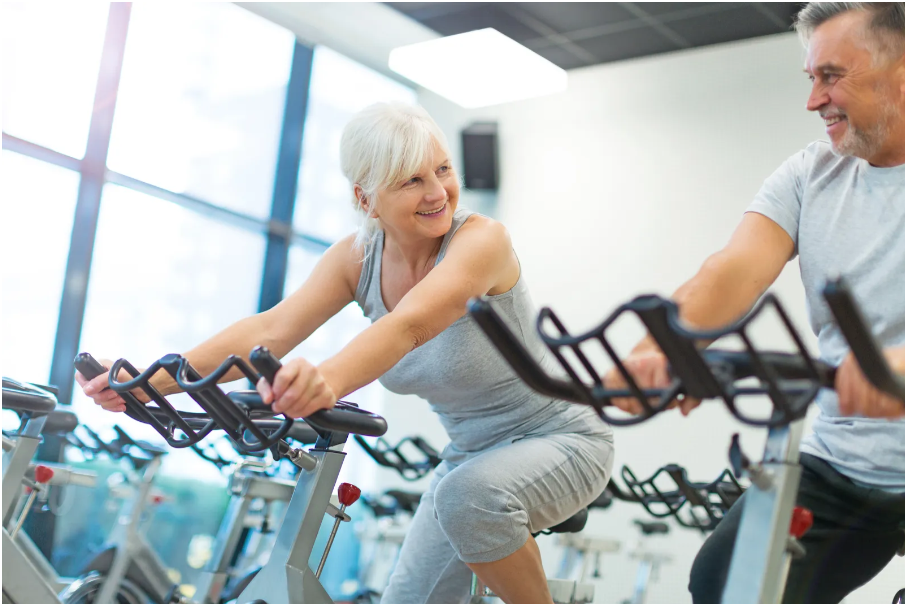
1. Calcium and vitamin D
Calcium is the main mineral of bones, and vitamin D promotes calcium absorption. Women over 50 are recommended to consume 1000 mg of calcium per day, and supplement with appropriate amounts of vitamin D to promote bone formation[5][8]. Diet should include more dairy products, fish, soy products and dark green vegetables.
2. Trace minerals: zinc, magnesium, copper, and manganese
These elements participate in the synthesis and stability of collagen, and are the “adhesive” of bone structure, helping to retain calcium and enhance bone toughness[1][2][8]. Zinc deficiency inhibits bone growth and increases bone absorption. Zinc supplementation can effectively reduce the risk of osteoporosis[2].
3. Antioxidant nutrients
Antioxidant ingredients such as β-carotene, vitamins A, C, E and selenium help slow down oxidative damage to bone cells and protect bone health[1].
4. Estrogen replacement and phytoestrogens
Appropriate supplementation of estrogen or foods rich in phytoestrogens (such as black sesame and black beans) can help alleviate bone loss caused by hormone deficiency[6].
4. Lifestyle intervention for menopausal osteoporosis
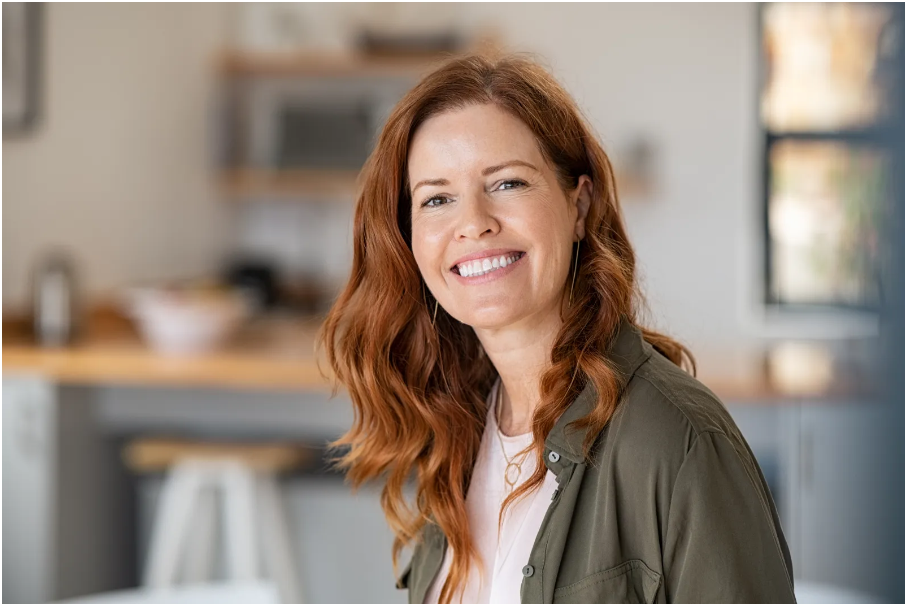
- Regular exercise: Weight training, brisk walking, swimming and other exercises can stimulate bone regeneration, enhance muscle strength and prevent bone loss[3][4].
- Maintain an optimistic attitude: Emotional stability helps balance hormones and reduce the deterioration of menopausal symptoms[6].
- Avoid smoking, alcohol and excessive caffeine: These factors can accelerate bone loss.
- Regular physical examination: Bone density testing can help detect osteoporosis early and take timely treatment measures[7][10].
5. Prevention and treatment prospects of osteoporosis
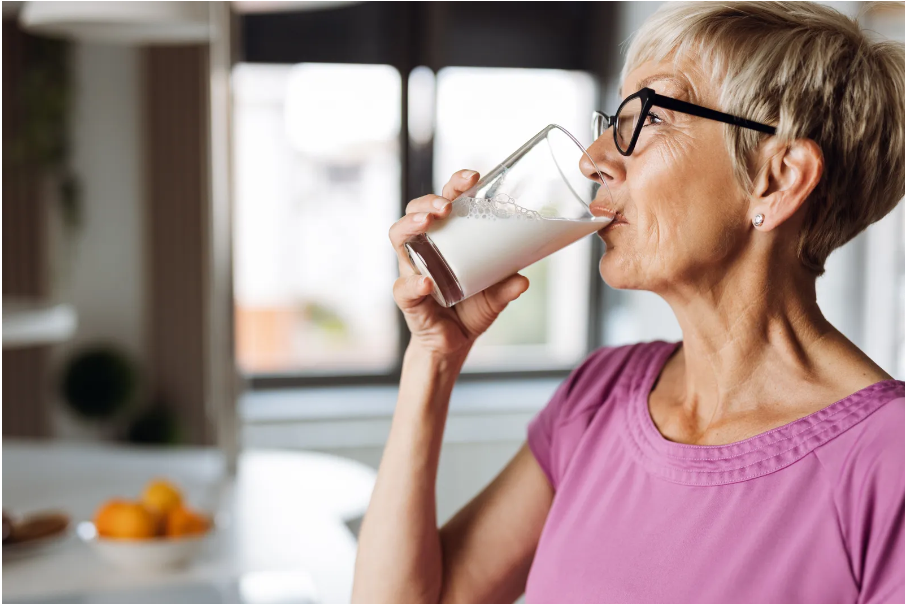
To prevent osteoporosis, it is necessary to accumulate bone mass from a young age and focus on maintaining bone health after the age of 40. Menopausal women should actively supplement nutrition, combine exercise with lifestyle adjustments, and, if necessary, take medication under the guidance of a doctor, such as estrogen replacement therapy and bone density protection drugs[7][10].
Although menopausal osteoporosis is an inevitable physiological stage, scientific nutritional supplements, reasonable exercise and lifestyle adjustments can effectively slow down bone loss, reduce the risk of fractures, and improve the quality of life. Female friends should pay attention to bone health from now on, protect youthful vitality, and embrace a healthy menopause.
*This article brings together authoritative medical research and expert advice to provide scientific and comprehensive osteoporosis prevention and management guidance for menopausal women. *
“`
[1] https://www.medsci.cn/article/show_article.do?id=2db5e68746d2
[2] https://www.sxhospital.com/news/detail/89/3980
[3] https://www.bjyxh.org.cn/News/Detail/5437
[4] https://www.whsdhyy.com/wap/news_list.aspx?channel_id=7&classid=57&id=7332
[5] https://www.hpa.gov.tw/Pages/Detail.aspx?nodeid=636&pid=1204
[6] https://www.sohu.com/a/518097410_121118797
[7] http://health.people.com.cn/n1/2019/1118/c14739-31459490.html
[8] https://www.sohu.com/a/681556464_121118854
[9] https://www.mayoclinic.org/zh-hans/diseases-conditions/osteoporosis/symptoms-causes/syc-20351968
[10] http://kpzg.people.com.cn/n1/2023/0110/c404214-32603156.html
[11] http://danone-institute.danone.com.cn/file/080712/52.pdf
[12] https://www.dlyyyy.com/jkzx/jkzx_1224_20160405651036638027.html
[13] https://patents.google.com/patent/CN101925357B/zh
[14] https://www.juguandian.com/blog_q/well/benefits-of-zinc-for-the-body-and-mind-5270538_cn
[15] https://www.medtrib.cn/post/detail/33bd9e31-6551-4c75-94be-964b313e6027
[16] https://dushi.singtao.ca/toronto/%E5%81%A5%E5%BA%B7/%E9%94%8C%E5%AF%B9%E5%A5%B3%E6%80%A7%E5%81%A5%E5%BA%B7%E7%9A%84%E5%A5%BD%E5%A4%84/?variant=zh-cn
[17] http://wjw.beijing.gov.cn/bmfw_20143/jkzs/jksh/202104/t20210413_2354216.html
[18] https://cdc.fuzhou.gov.cn/zz/jkjy/wajksyk/202410/t20241031_4918735.htm
[19] https://share.osteoporosis.foundation/WOD/2013/patient-brochure/CN/WOD13-patient_brochure-SC.pdf
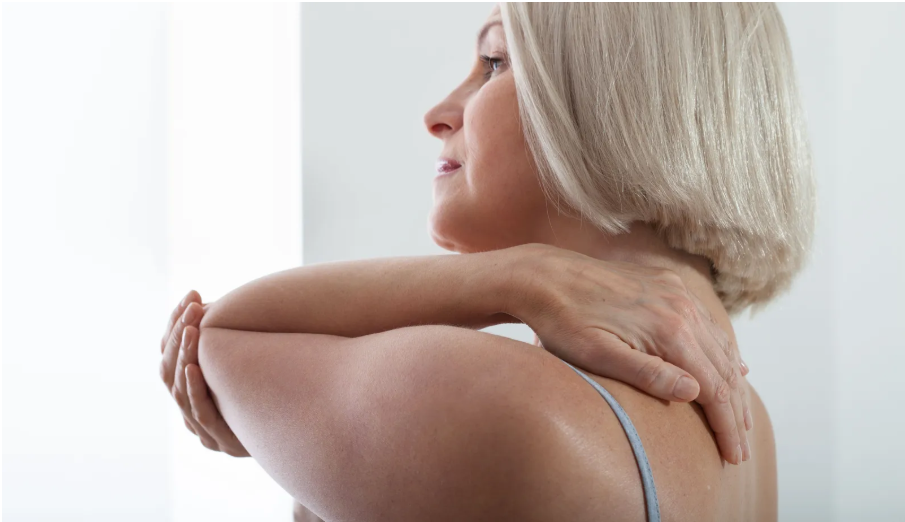
Leave a Reply